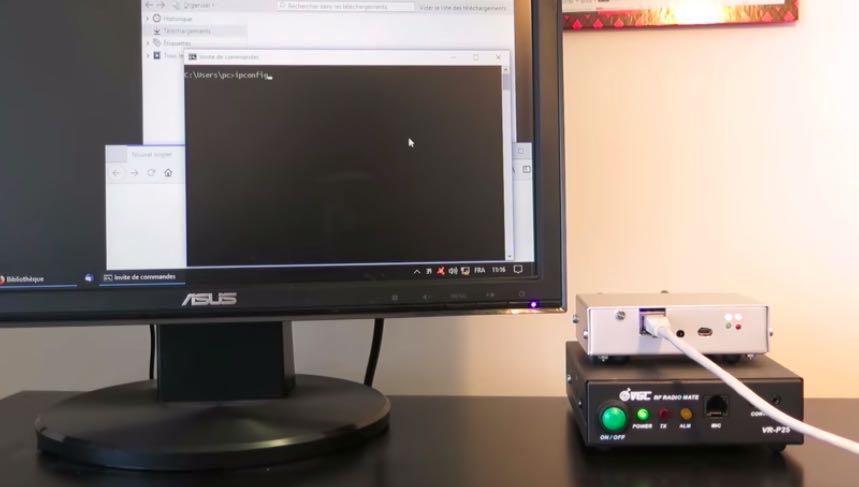(Source: IEEE Spectrum)
Send data via IPv4 up to 300 kilometers with easy-to-assemble hardware
By F4HDK
I have been a hobbyist and maker for almost 15 years now. I like inventing things and diving into low-level things. In 2013, I was looking at a protocol called NBP, used to create a data network over amateur radio links. NBP was developed in the 2000s as a potential replacement for the venerable AX.25 protocol [PDF] that’s been in use for digital links since the mid-1980s. I believed it was possible to create an even better protocol with a modern design that would be easier to use and inexpensive to physically implement.
It took six years, but the result is New Packet Radio (NPR), which I chose to publish under my call sign, F4HDK, as a nom de plume. It supports today’s de facto universal standard of communication—the Internet’s IPv4—and allows data to be transmitted at up to 500 kilobits per second on the popular 70-centimeter UHF ham radio band. Admittedly, 500 kb/s is not as fast as the megabits per second that flow through amateur networks such as the European Hamnet or U.S. AREDN, which use gigahertz frequencies like those of Wi-Fi. But it is still faster than the 1.2 kb/s normally used by AX.25 links, and the 70-cm band permits long-distance links even when obstructions prevent line-of-sight transmissions.
Initially, I considered using different frequency bands for the uplink and downlink connections: Downlinks would have used the DVB-S standard, originally developed for digital satellite television. Uplinks would have used a variation of FSK (frequency-shift keying) to encode data. But the complexity involved in synchronizing the uplink and downlink was too high. Then I tried using a software-defined radio equipped with a field-programmable gate array (FPGA). I had some experience with FPGAs thanks to a previous project in which I had implemented a complete custom CPU using an Altera Cyclone 4 FPGA. The goal was to do all the modulation and demodulation using the FPGA, but again the method was too complex. I lost almost two years chasing these ideas to their dead ends.
Then, in one of those why-didn’t-I-think-of-this-earlier moments, I turned to ISM (industrial, scientific, and medical) chips.[…]
Many thanks to SWLing Post contributor, Marty, for the tip!

